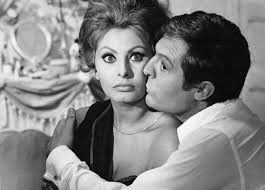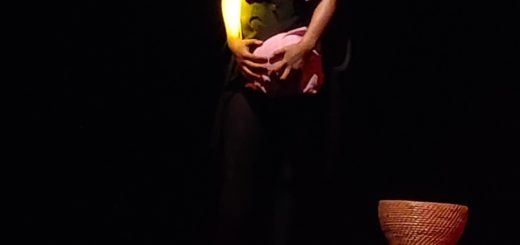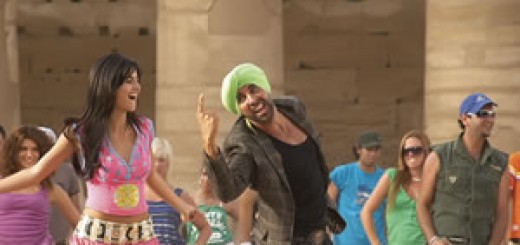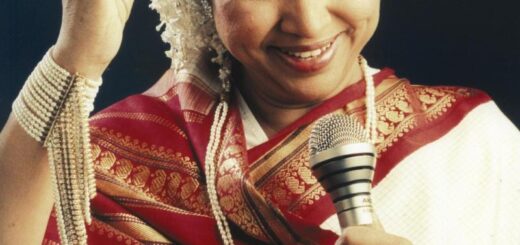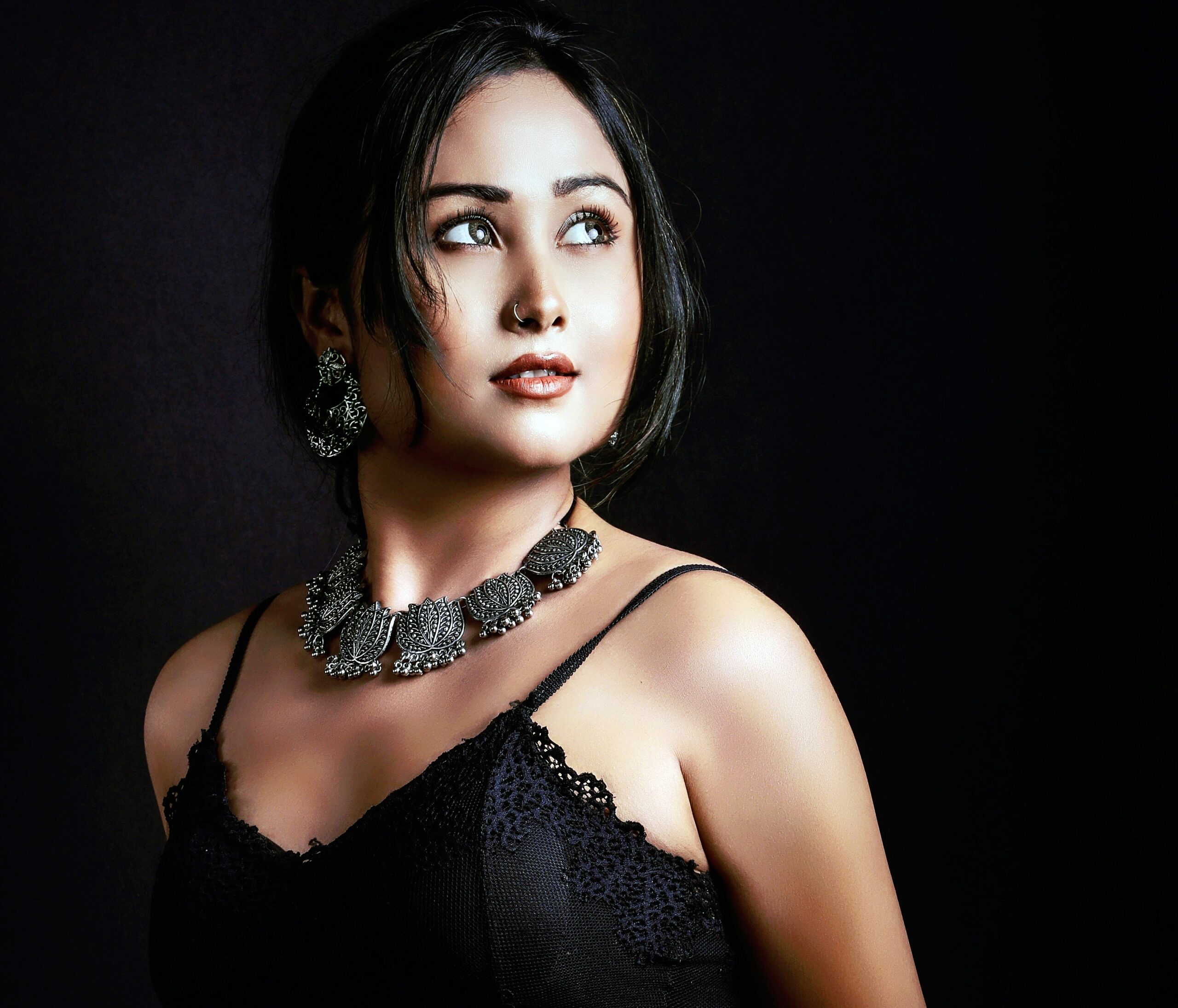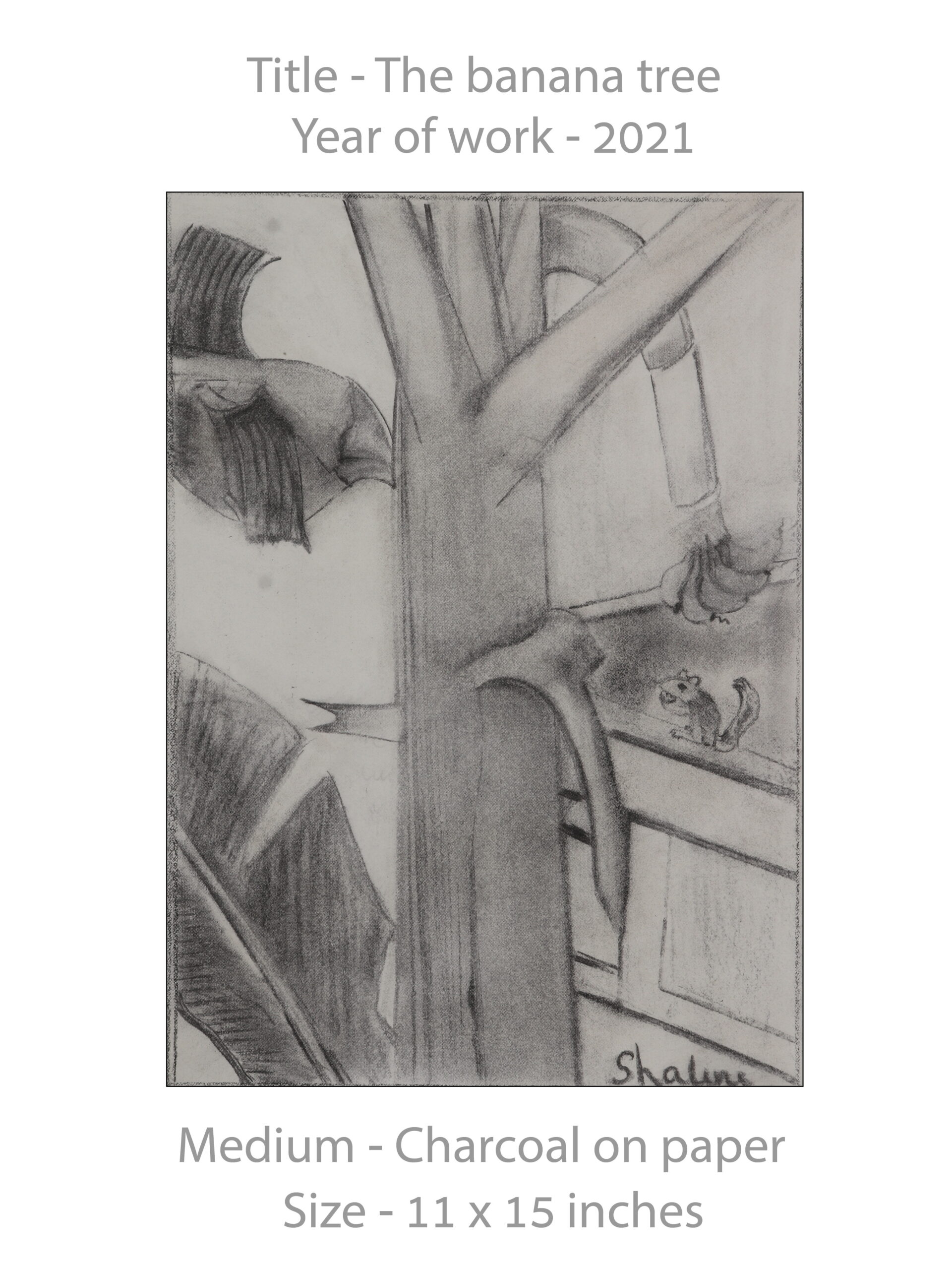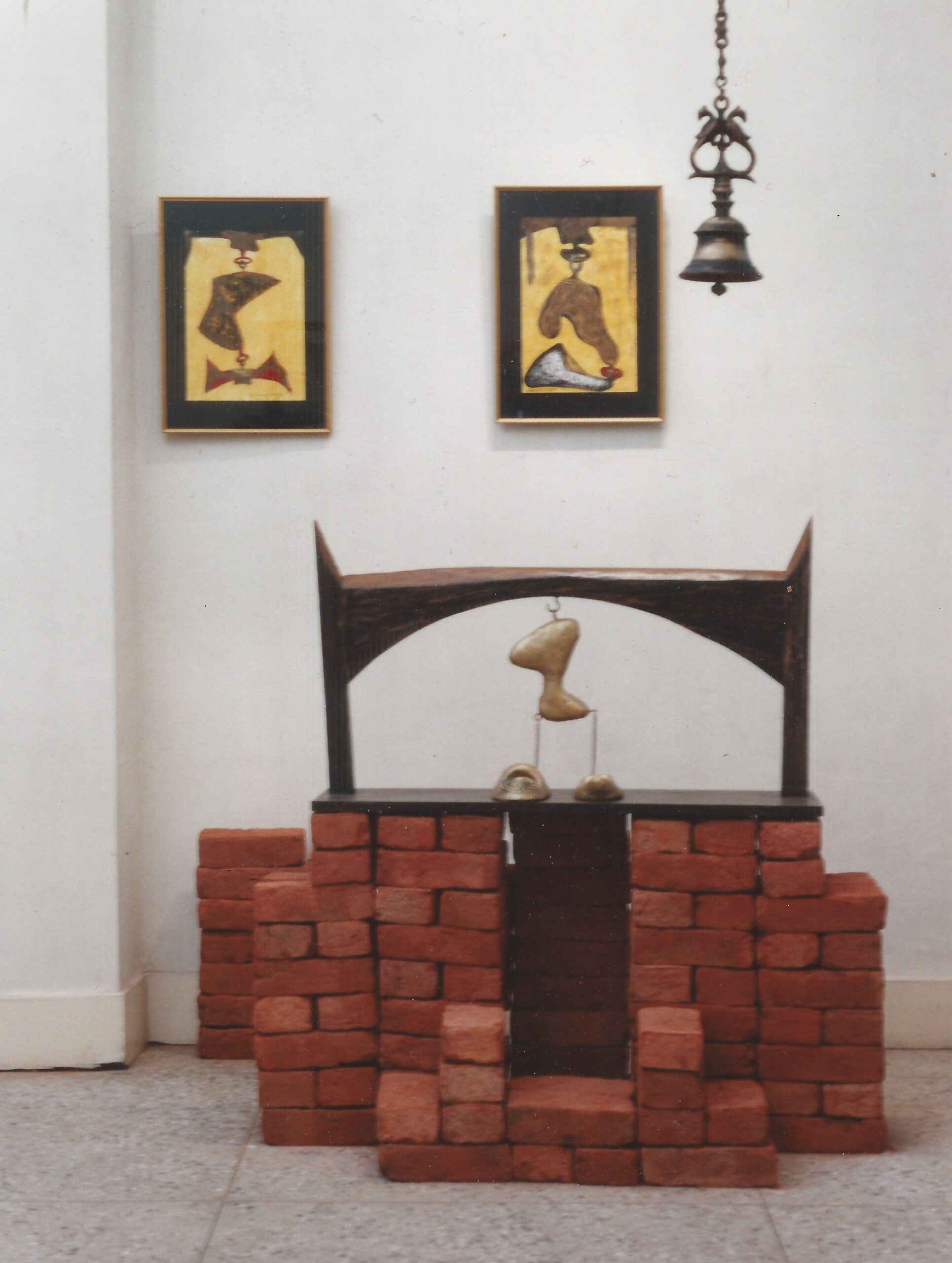Marcello Mastrianni- An Actor for All Seasons / Partha Chatterjee
Marcello Mastrianni (1924-1996 ) was for many the most charismatic of European actors, and along with Jean Paul Belmond, the most subtle.He was, for many the most versatile actor in the world. There is something loutish about the obviously gifted Gerard Depardieu as there was about Marlon Brando, but there was nothing but finesse about Marcello Mastrianni’s screen performances, even when he played negative characters. In his own gentle, self-effacing way he became the embodiment of the Italian, and even the European male, marooned, between the romantic, poetic memories of a not too industrialised Italy/ Europe before the First World War, and the aftermath of the Atom bombs dropped over Hiroshima and Nagasaki by the United States of America to end the Second World War. His first memorable role was opposite the young, sassy Sophia Loren, already with her talent for comedy in place, in Alexandro Blasetti’s, Too Bad She’s Bad. He played a harried taxi driver pushed beyond his bounds of patience by a beautiful girl-pickpocket ( Loren) and her bogus professor father ( Vittorio de Sica). Mastroianni revealed a flair for comic timing, and held his ground against a formidable actor/ comedian like de Sica, who was also one of the giants of Italian Neorealism having directed emblematic films like Bicycle Thieves, Umberto D, and Miracle in Milan. His throwaway good looks also made him over the years a huge star in Italy, and eventually internationally. He wore his stardom lightly as he did his enormous acting talent.Chiara, his daughter by longtime lover and dazzling French cinema actress Catherine Deneuve, remembers him as a father who came to fetch her from school when she was a child. He was the embodiment of an extraordinary man hidden inside an ordinary man; perhaps that is the reason why women found him so attractive. Both his strength and his vulnerability can be seen in that sequence from Luchino Visconti’s, White Nights, in which he is dancing frantically in a public place, and suddenly falls down Visconti’s interpretation o a tale by Dosteyevski became both controvertial and famous, and Mastroianni’s performance remained in people’s minds. Federico Fellini found in him the ideal actor to play his frazzled, alienated characters, funny in an off-centre way in two flms, La Dolce Vita, and 81/2. The first film dealt with the Roman glitteratti at the end of the 1950s determined to live it up as if there was no tomorrow, the second, was about a film maker who is trying to shoot a film with autobiographical dimensions but does not know what to do.When asked by journalists how does he plan to end the film? the Stetson-hatted director ( Mastroianni) repilies ” I am looking for an answer. ” His reply rings true. Michelangelo Antonioni, between the two Fellini films, cast him in La Notte, in 1961. There was no scope for humour, even implied, in this dour master’s films, not in this one. Mastroianni took it in his stride and delivered a quitely moving performance alongside the sultry French actress, Jeanne Moreau. Antonioni’s angst-ridden film captured the imagination of intellectuals in Europe and America.It was time to get back to comedy with a serious touch. Vittorio de Sica cast him opposite Sophia Loren in Yesterday, Today, Tomorrow. It was a three-part film about Naples and Neopolitans. In the first story he is a harassed husband and father of a large family, whose wife has been sent to prison for selling American cigarettes in the blackmarket; in the second he is a journalist having a clandestine affair with a multi-millionaire’s wife whose Rolls Royce car he manages to damage while saving a child; finally he is a foolish son of a rich man in love with a religious prostitute! Loren and Mastroianni excelled themselves in tthis film, need one add. He showed his versatility again by playing a turncoat who literally puts on the wrong coat and gets shot dead in Allonsanfan by the Tavianni brothers, which was set in the Garibaldi period and the unification of Italy in thein late 19th centur A little before that he had played Mersault, the accidental killer, veryconvincingly in Visconti’s , The Stranger, a rather academic version of Albert Camus’s profound novel, The Outsider. Of course, there was that wonderful chemistry with Sophia Loren, in Dino Risi’s bitter-sweet comedy, The Priest’s Wife. The 1980’s saw him reunited with Fellini: He played himself in Intervista, a film about Fellini, and then in Ginger and Fred, he was paired with Guieletta Masina a marvellous actress and Fellini’s wife. It was a poignant story of a couple of old time Music Hall performers who do the dance routines of Fred Astair and Ginger Rogers from old Hollywood musicals on a Television Christmas Special. It is dfficult to forget him as a middle-class homosexual with whom a fading, overworked housewife ( Loren, who else ) falls in love during the Fascist late 1930s under Mussolini. He remained married to his wife from 1948, Flora Carabella, and the union produced a daughter, Barbara. When he died of cancer, his last partner film maker, Anna Maria Tato was with him. The most enduring image of him, that weds the person to his art, is of him as Mandrake the Magician dancing with the aging but still voluptuous Anita Ekberg, first in front of the camera, and then in silhoutte behind a transluscent screen in Intervesta. It was the acme of romance.
|



